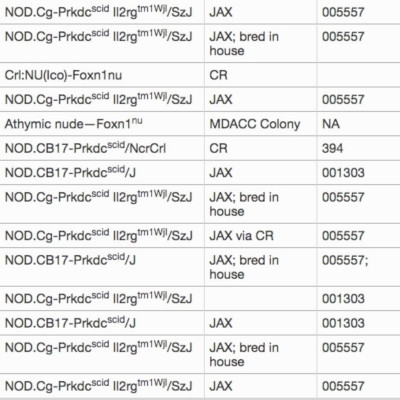Abstract
Patient-derived xenograft (PDX) models of a growing spectrum of cancers are rapidly supplanting long-established traditional cell lines as preferred models for conducting basic and translational preclinical research. In breast cancer, to complement the now curated collection of approximately 45 long-established human breast cancer cell lines, a newly formed consortium of academic laboratories, currently from Europe, Australia, and North America, herein summarizes data on over 500 stably transplantable PDX models representing all three clinical subtypes of breast cancer (ER+, HER2+, and “Triple-negative” (TNBC)). Many of these models are well-characterized with respect to genomic, transcriptomic, and proteomic features, metastatic behavior, and treatment response to a variety of standard-of-care and experimental therapeutics. These stably transplantable PDX lines are generally available for dissemination to laboratories conducting translational research, and contact information for each collection is provided. This review summarizes current experiences related to PDX generation across participating groups, efforts to develop data standards for annotation and dissemination of patient clinical information that does not compromise patient privacy, efforts to develop complementary data standards for annotation of PDX characteristics and biology, and progress toward “credentialing” of PDX models as surrogates to represent individual patients for use in preclinical and co-clinical translational research. In addition, this review highlights important unresolved questions, as well as current limitations, that have hampered more efficient generation of PDX lines and more rapid adoption of PDX use in translational breast cancer research.
